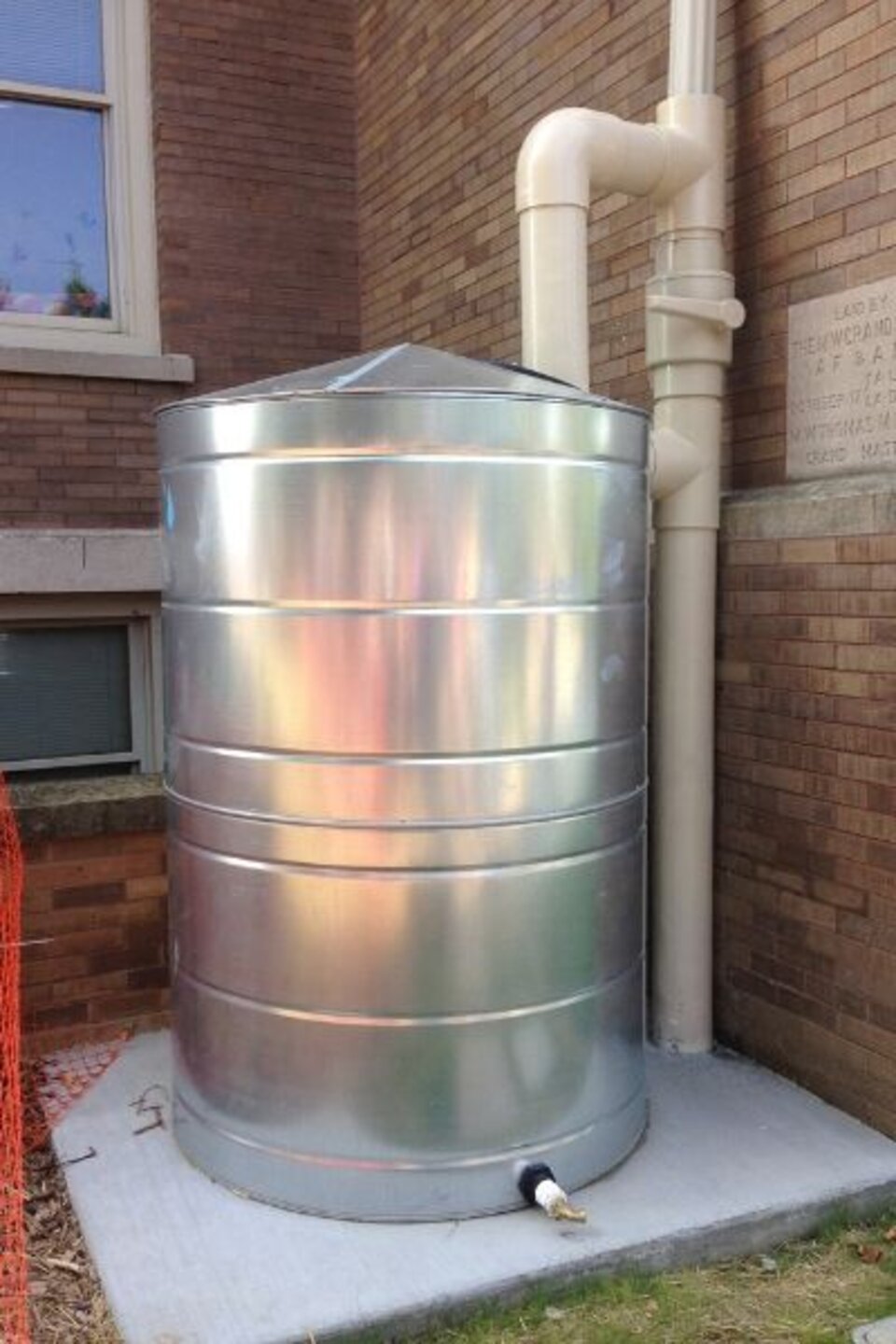Being Water Wise in the Landscape

Water is essential to life and has no substitute; hence, water-wise practices that conserve and protect water resources are something we all need to use.
During the growing season, it is estimated 40 percent or more of water use is for landscape irrigation. In many cases, the water used for this purpose is water that has been treated to drinking water standards. Plants do not need drinking quality water like we do.
Water treatment and distribution of water to users can be energy intensive. Finding ways to reduce the irrigation needs of lawns and landscapes and finding alternative sources of water for plant irrigation are sustainable and water-wise practices.
To help reduce the amount of drinking water used for landscape irrigation, select native and adapted plants that require less water; manage soils to promote good drainage along with good water holding capacity; use efficient irrigation practices; and consider alternative water sources for landscape and container plant irrigation.
There is a trend towards selecting native or almost-native plants adapted to the growing site. By selecting the right plant for the growing conditions, many native plants do not require supplemental irrigation. Once established, most native plants do fine with average precipitation provided by nature.
Native plants tend to have deep roots and are better able to take advantage of soil moisture. These roots are continually growing and dying so they also improve soils by creating channels for drainage and by decomposing to increase organic matter content of soil.
Friable soils that water can infiltrate and which have good water holding capacity lead to more efficient use of rain and irrigation water. If soils are compacted, water tends to run off rather than soak in. If soils are sandy, water moves through too quickly. Clay soils can have low oxygen levels which hinder root growth.
Efforts targeted at improving and maintaining soils will help conserve water. Avoiding compaction by not working soils when wet and by reducing traffic, especially on wet soils, are water-wise practices.
Amending soil with organic matter will improve infiltration of rainwater into clay soils; and will increase the water holding capacity of sandy soils. Organic matter is the one soil amendment we recommend adding without taking a soil test first.
Using alternative water sources for plant irrigation can help reduce demand on drinking water supplies. Rainwater is an alternative source. On most properties, rainwater is treated as a nuisance to be moved off of the property as quickly as possible with downspouts, driveways, curbs and gutters. For more on this, visit: "Disconnecting Downspouts and Impervious Surfaces"
A growing trend is to catch rainwater to infiltrate into soil or temporarily store for later use. This is being done with the use of rain barrels, cisterns, rain gardens and bioswales. Directing downspouts onto planted areas and not the driveway is a small start to making the most of rainwater.
As the growing season begins, think about changes you can make in your landscape and with your irrigation practices to help conserve water. A common change needed is to not set your lawn irrigation system and then forget it.
Automatic irrigation systems should be placed in the “manual application” mode, not for a pre-set number of cycles per week. When turf shows symptoms of irrigation need, (footprinting, curled leaf blades), probe the soil with a piece of ree-bar or screwdriver to determine the moisture content. If the probe slides in very easily and is dripping with water after it is pulled out, there is no need for irrigation. If it is difficult to insert and powdery after insertion, irrigation is needed to provide moisture for the turf roots. If the soil that sticks to the probe is moist and cool, then again, no moisture is needed, but in 2-3 days, re-checking is needed as conditions are likely to have changed. After running an irrigation cycle, additional checking is informative to determine how far the water has soaked in. The goal is to water until all of the roots are moistened, then stop, as watering below the root zone is wasteful.
This article was reviewed by Nicole Stoner